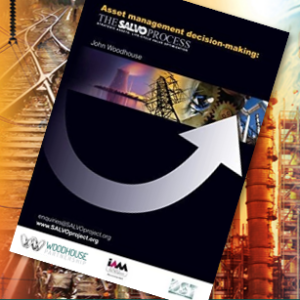




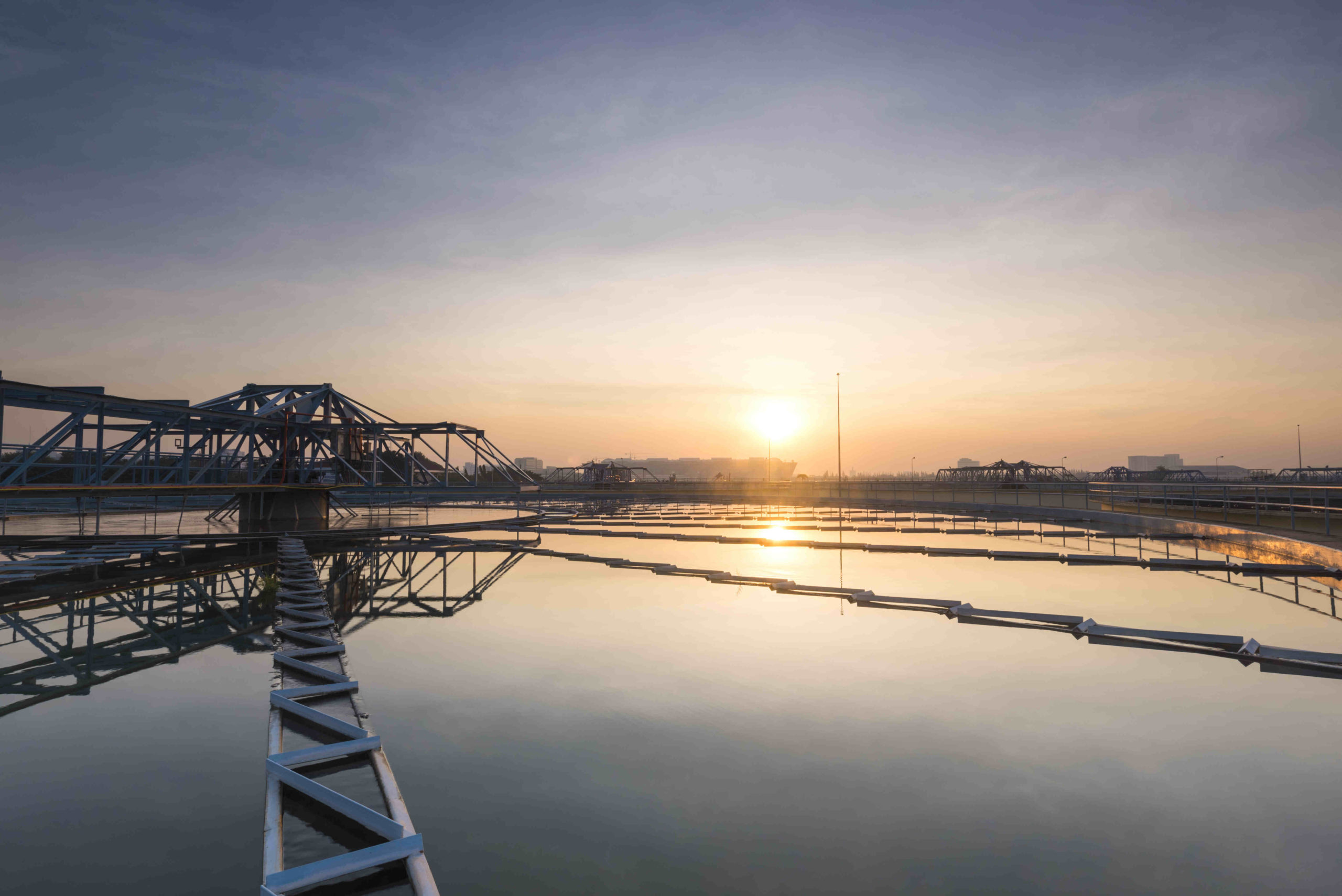

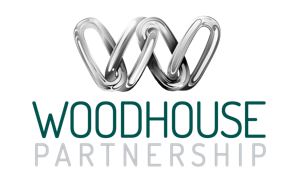


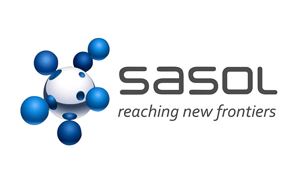
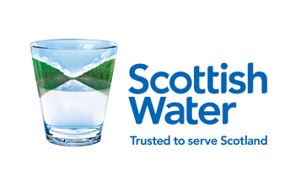
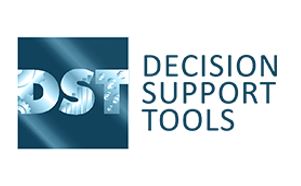

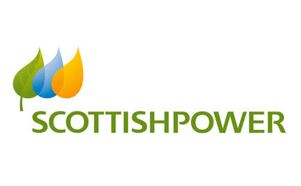

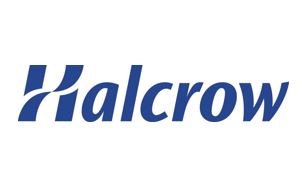

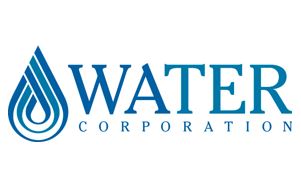


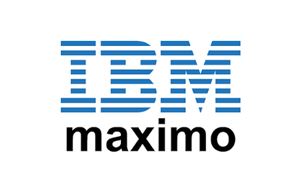
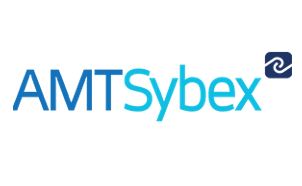
The SALVO Project collated best practices, experience, and innovative ideas from a wide range of sources, delivering practical solutions that are applicable to any industry sector and types of assets.
The Core Sponsors were The Woodhouse Partnership Ltd (project managers), National Grid, London Underground, SASOL, and Scottish Water, supported by Decision Support Tools Ltd and the University of Cambridge for technical and modeling developments. The core sponsors provided both expertise and financial resources.
Other industrial partners were also involved at working group levels, providing peer reviews, field trials, case studies etc. These included Scottish Power Energy Networks, Halcrow, Centrica, Water Corporation of Australia, Forbo Flooring, and Sodexo.
A number of technology specialists also participated, to ensure that SALVO deliverables can be integrated into common EAM, business data and work management system environments. They included SAP, IBM (Maximo) & AMT-Sybex (Ellipse)
The challenges were also to ensure that methods would be:
* PAS 55 was the origin and basis for the ISO 55000 series of standards. Subsequently, ISO 55001 requirements have been developed to include many of the attributes revealed as best practice by the SALVO research.

The output of the SALVO Project, now called the SALVO Process, is a comprehensive method for better decision-making in asset management. It is a unique combination of structured guidance and methods to capture and quantify expert knowledge together with ‘what if?’ analytical software tools to ensure that the best value decision is made, with a clear audit trail to demonstrate why it is correct.
They identify significant benefits and efficiencies, complementing conventional strategy evaluation tools such as FMEA, RCM, or RBI by introducing the value dimension, by optimising the amount and timing of interventions and by providing a quantified business case for the activities. SALVO introduces a new discipline to the practice of asset management, a ready-made model for a ‘decision-making framework’ (in line with ISO 55001 requirements) and a decision-making process that includes the vital psychology and consensus-building aspects, not just the analytics and maths.
SALVO is supported by proprietary Decision Support Tools (DST) software which calculates the monetized impacts for every aspect of the asset life cycle, including risks and ‘intangibles’. It is particularly effective also in guiding and using ‘tacit’ knowledge from subject matter experts, helping in the estimation of optimistic and pessimistic extremes and providing instant, real-time ‘what if?’ and sensitivity analysis.
Asset management decision-making: The SALVO Process written by John Woodhouse, explains what it takes to make the right decisions in the management of assets, not just in the steps and disciplines required, but also how to create a clear ‘business case’ to justify and communicate the outcomes so that everyone can agree on what is worth doing, when and why.
